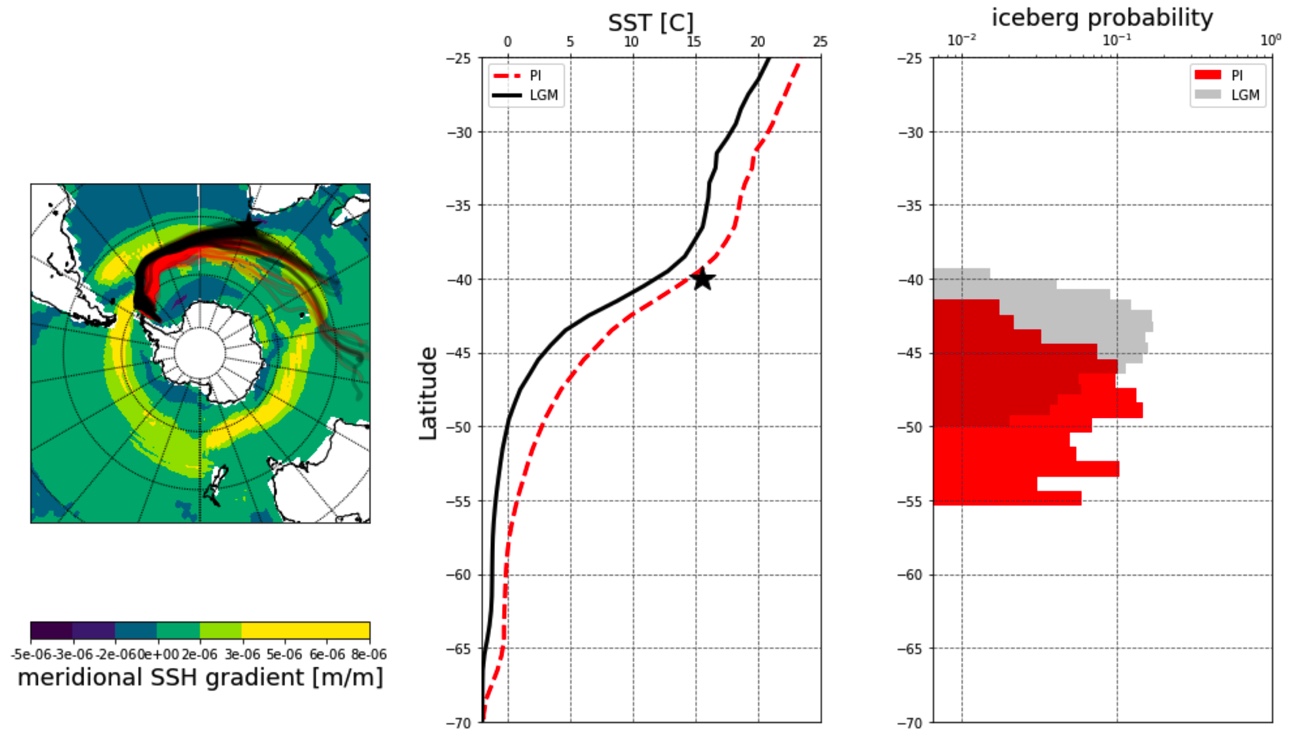Routines and notebooks for computing iceberg trajectories and melting offline
- so far supports reading (interpolated) forcing data from the COSMOS climate model and AWI-CM
- code is based on the Fortran code of FESOM-IB; reference: Rackow, T et al. (2017): A simulation of small to giant Antarctic iceberg evolution: Differential impact on climatology estimates. Journal of Geophysical Research: Oceans, 21 pp, https://doi.org/10.1002/2016JC012513
The Fortran source can be found here, after registration at swrepo1.awi.de.
The pyberg analysis for the published paper
'Antarctic icebergs reorganize ocean circulation during Pleistocene glacials' by Aidan Starr, Ian R. Hall, Stephen Barker, Thomas Rackow, Xu Zhang, Sidney R. Hemming, H.J.L van der Lubbe, Gregor Knorr, Melissa A. Berke, Grant R. Bigg, Alejandra Cartagena, Francisco J. Jiménez-Espejo, Xun Gong, Jens Gruetzner, Nambiyathodi Lathika, Leah J. LeVay, Rebecca S. Robinson, Martin Ziegler, and the Expedition 361 Science Party
can be reproduced with the following Jupyter notebook. To start from a simpler example script and to use the latest additions to the code (e.g. ERA5 forcing), please contact Thomas Rackow directly. More info on the paper in Nature can be found here.
Southern Ocean Iceberg Melt under pre-industrial (PI) vs last glacial maximum (LGM) conditions
 (left) Iceberg trajectories, (middle) sea surface temperature, and (right) iceberg probability between 0-50°E in the Southern Ocean under PI and LGM conditions, using pyberg forced with COSMOS climate model output.
(left) Iceberg trajectories, (middle) sea surface temperature, and (right) iceberg probability between 0-50°E in the Southern Ocean under PI and LGM conditions, using pyberg forced with COSMOS climate model output.